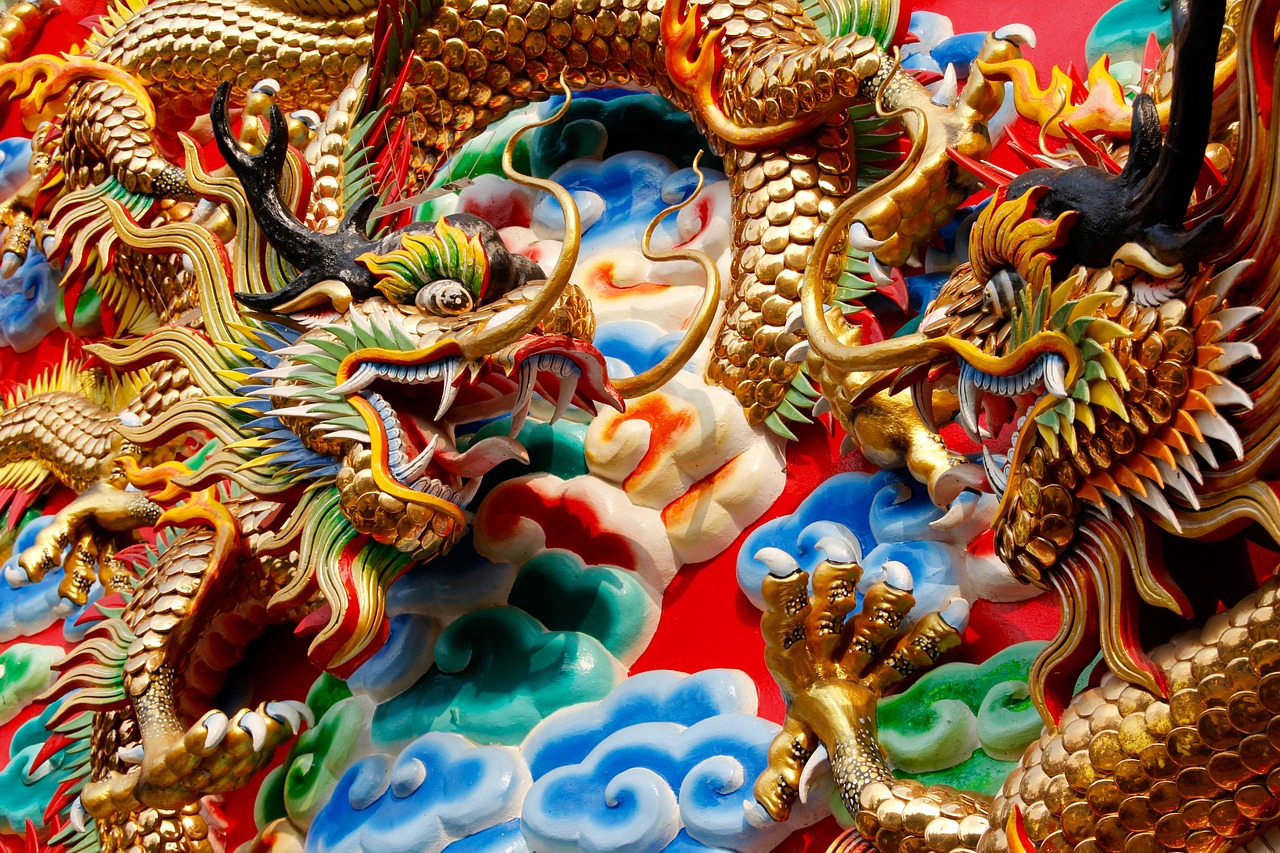Dragon mythology is among humanity’s oldest and most enduring. Dragons symbolize power, strength, and wisdom across cultures. The dragon’s popularity across cultures is likely attributable to a mix of factors. Scholars believe the dragon tale originated in China, Norse, Mesopotamia, and Greece.
Dragon myths may have natural origins. Snakes, crocodiles, and dinosaurs, which may have inspired the dragon story, are formidable and terrifying animals that people have feared and respected for millennia. A creature that merges various species into a single, more powerful entity would naturally be alluring and enduring.
Dragon myths may appeal to deep-seated human anxieties and aspirations. Dragons may breathe fire and destroy villages. They depict the unknown and uncontrollable, embodying human fears of nature and the unknown.
Dragons symbolize wisdom and power. They guard valuables or accompany gods and heroes. They symbolize human cravings for knowledge, money, and power.
Dragons represent power, strength, and luck in Chinese mythology. Chinese dragons were first represented as serpentine monsters with long, curved tails and keen claws in the 5th millennium BCE. Chinese emperors claimed to be dragon ancestors, which gave them prestige and power.
Dragons were fearsome serpents with wings and claws in Mesopotamian mythology. They guarded the underworld and represented chaos and ruin.
In Greek mythology, Apollo slew a dragon to control the Oracle of Delphi. In Greek mythology, dragons guarded wealth and other valuables.
Dragons, called “Ormr” or “Dreki” in Norse mythology, were powerful and destructive monsters. Norse dragons are serpentine, not winged, fire-breathing monsters like European dragons.
Jörmungandr—the World Serpent—is a renowned Norse dragon. Jörmungandr bit its tail and circled the world in Norse mythology. When Jörmungandr let go of its tail, Ragnarok, the end of the world, would begin.
Nidhogg, another famous Norse dragon, lived at Yggdrasil’s roots. Nidhogg, a corpse-eater, gnawed at Yggdrasil’s roots to destroy the world.
In Norse mythology, Thor fought dragons to safeguard the world. In the myth of the gigantic Hymir, Thor used a dragon’s jawbone as a fishing hook to catch Jörmungandr, the World Serpent.
Dragons in Norse mythology symbolized chaos, destruction, and uncontrollable nature. They were linked to great gods like Thor and were believed to threaten the world and humanity.
Trade and migration propagated the dragon tale. People’s beliefs, practices, and myths shaped local cultures as they traveled from region to region.
Dragon myths endure for several reasons. Dragons are powerful animals that can manipulate the elements and perform miracles. Mystery and magic add to their appeal. Ultimately, dragons delve into our deepest fears and want, so they continue to fascinate us. The dragon myth’s power, wisdom, and mystery appeal to deep-seated human anxieties and wants.
Finally, commerce, migration, and conquest may have propagated dragon myths among cultures. People’s ideas and customs shaped local cultures as they traveled from region to region. This would have caused the dragon myth to vary per culture.

